Contractor Winvic is using digital tech to help clients reduce their carbon footprints. Will Mann explains.
BIM and digital tech have the potential to transform the sustainability of the built environment – and Winvic is leading the way.
The contractor has started installing sensors into new buildings, which track energy performance and behavioural patterns of the occupants, with the aim of benchmarking then reducing the carbon footprints of both its own business and its clients.
“We are looking to create a baseline of energy usage which will give us an understanding of what contributes to a building’s carbon emissions,” explains Tim Reeve, Winvic’s technical director, who leads the contractor’s digital strategy. “Then we can adjust the spec on the next building and bring down the carbon footprint from that baseline.”
The initiative is part of Winvic’s digital strategy which includes a 2,000 sq ft Centre for Innovative Construction (CIC), complete with a BIM Cave and VR technology (see below). Winvic’s plan is to work with clients such as Newlands Developments, a logistics property specialist with over 2m sq ft of space currently under development.
Ken Brown, construction director at Newlands, believes the digital tech will have a significant impact on how Newlands plans, builds and delivers its developments, as well as cutting energy consumption.
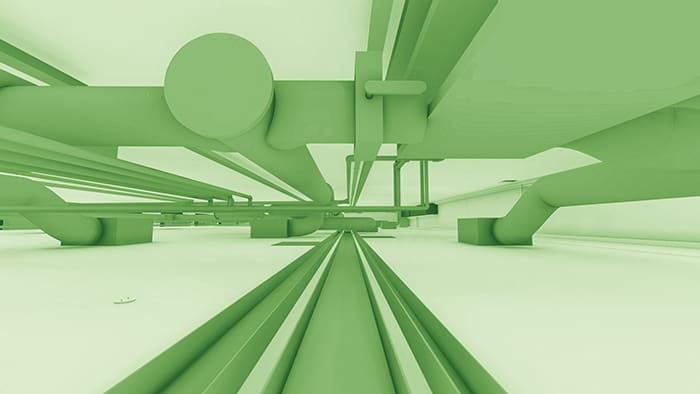
The digital modelling will help FM investment decisions in new M&E plant
“Our aim is to move towards net zero carbon buildings, which means looking at both the design and construction stages and passing on the benefits to the occupiers for their operational use of the buildings,” he says. “We need to understand the carbon footprint of our developments and so too do the occupiers – increasingly we are being asked questions about operational energy usage.”
To that end, Winvic is installing sensors with a range of low-carbon energy technologies on new projects for Newlands. These include onsite renewables such as air source heat pumps and photovoltaics, battery storage where possible, while thermography will be used to monitor building fabric performance. Sensors will also collate information including room temperature, CO2, humidity and lighting levels.
“The sensors are effectively smart meters, linked to the BMS (building management system), which is installed in line with CIBSE recommendations,” says Arun Thaneja, senior design manager at Winvic. “The sensors pump out data to the BMS and we build up a catalogue of how they are performing.”
“We have a huge range of occupiers – food processing, manufacturing, bulk warehousing, temperature-controlled storage – all with different energy uses and we want to ensure they have the most energy-efficient buildings possible,” says Brown. “In a warehouse with 20 chillers running, if you can use smart technology to reduce the power use of those units, that’s a major saving.”
To collate all the baseline data, the sensors need to run for a full year. “We have to go through all the seasons,” explains Reeve.
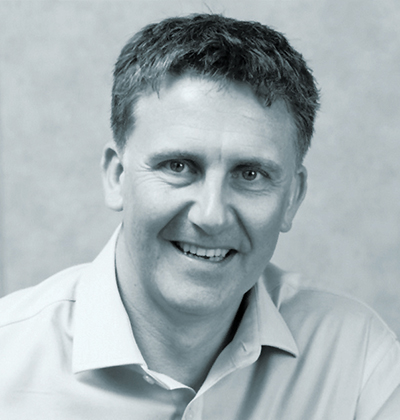
Our aim is to move towards net zero carbon buildings, which means looking at both design and construction stages and passing on the benefits to the occupiers.– Ken Brown, Newlands Developments
Winvic has appointed Yonder Consulting, a WELL and BREEAM specialist, to gather and hold this data, though the information will be owned by the client.
“The tech feeds the measurements back to Yonder’s cloud platform, where things like unexpected upticks in energy use can be analysed,” says Reeve. “The system can be rolled out in any building with a BMS, with the initial results used to guide further investments, such as installing more sensors or upgrading plant and equipment.
“We are discussing with Yonder installing the platform at our own head office and on a Newlands project,”
he adds.
“As we travel the path towards 6D BIM, we’re developing the platform to provide Gemini digital twin level analysis of buildings, where a full building physics model is used to analyse the real-time performance of the building.”
The next step is to install ‘room use sensors’ to understand occupier behaviour. “If a room isn’t being used very much, the client might decide to turn it into a breakout area,” Reeve says. “This can also be useful for electric vehicle charging points or bike racks.”
The initiative is currently for new build projects only, though both Reeve and Brown see potential for extending it to existing buildings following the pilot. “There are obvious benefits for our occupiers in being able to understand and reduce their energy use,” says Brown.
The platform can build dashboards to give a building’s FM team a snapshot of the operational state of the building, adds Reeve.
The success of the strategy will be measured partly through energy performance certificates (EPCs), says Thaneja. “Around 85% of our project portfolio achieve an EPC ‘A rating’, including all of Newlands projects,” he says.
“If we can push those projects into an A+ rating, that means those buildings are actually generating more energy than they consume. We are currently working on two jobs where we’re going for EPC A+.” l
Inside Winvic’s BIM Cave: changing the client conversation
3D model viewing allows clients and suppliers to visualise projects.
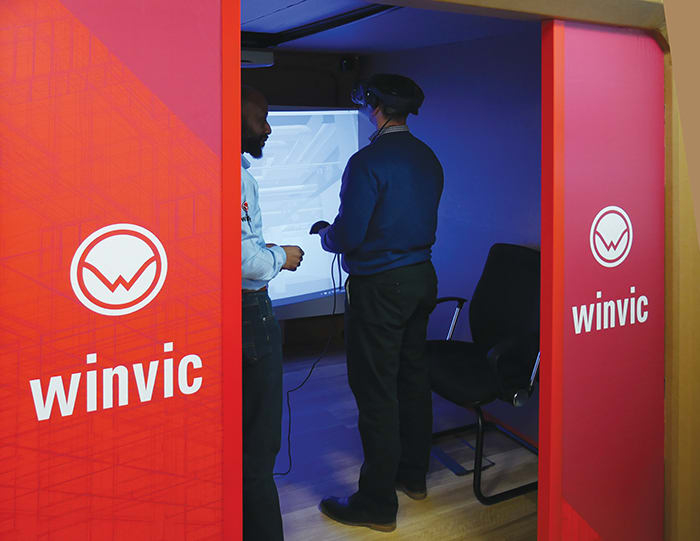
Winvic has invested significantly in its BIM Cave, including software and hardware, VR headsets, plus the partitions which make up the structure. It also features a 125in screen for 3D model viewing, and the centre in which it is housed comprises an interactive meeting room allowing real-time design changes on an 86in smart screen, a training space and a study room.
The BIM Cave can be easily dismantled and taken off site to deliver demonstrations, for instance at a client or a school, says Tim Reeve.
It allows Winvic to interact with clients, consultants and suppliers, using digital models, to work on clash detection, design checks, spatial awareness assessments and asset information retrieval.
“Visualising their projects is the light bulb moment for clients, and that is why we built the Cave,” Reeve explains. “Until then, they often couldn’t fully understand the benefits. Now they can understand everything, from the impact of design changes at the planning stage through to the logistics of managing a road closure during the construction.”
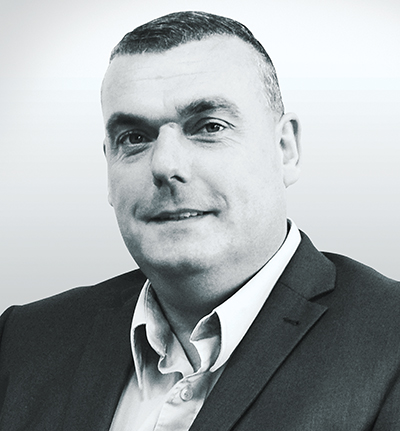
As we travel the path towards 6D BIM, we’re developing the platform to provide Gemini digital twin– Tim Reeve, Winvic
level analysis of buildings.
Brown’s first visit to the Cave, with Newlands investors, was in late 2019. “We had not seen it anywhere else, but now this will be the norm for how we progress construction projects with Winvic,” he says. “It has huge advantages from planning through to completion.
“We have new development schemes coming through which may require public consultations. These digital tools will allow views to be demonstrated from any angle and saves us ferrying around a physical model to help visualise the whole development. It will help with our conversations with planning departments and make it easier for us to understand the earthworks models and the sitewide infrastructure designs.”
Brown also feels that smarter working with digital technology will flush out labour and materials savings.
“We see obvious potential for waste reduction,” says Brown. “Plasterboard waste, for example. We can build up the design by coordinating full-size sheets into the BIM model, making walls bigger if necessary, which means quite a few design changes, but that’s a big saving on waste.”
Working processes are more efficient, notes Reeve: “One project had 92,000 clashes identified during the design stage, which we’ve brought down to 8,000 clashes by working with the digital model. In 2D, we wouldn’t have found them till we got on site.
“When we changed the structural design on another project, we had to change the piling, but were quickly able to give accurate take-offs on what this would cost because we’d brought our piling subcontractor’s design into our model.”
Full 5D BIM is some way off, Reeve says, though Winvic is increasingly working with clients’ facilities teams to help their operational planning (6D BIM).
Newlands projects will have QR codes fitted on to components during construction, which can be scanned to check progress against the model during the build, and on completion allow facilities staff to look up product information including 360-degree photos, installation date, manufacturer, and maintenance requirements.
“Operations and maintenance (O&M) manuals are increasingly electronic – approximately one-third of all projects we delivered last year – and that will be even higher this year,” adds Reeve. “There are a few old-style contracts that still require paper O&M manuals, but they are dwindling.”
The contractor recently achieved BIM Level 2 certification, following assessment by the BRE.
“As part of that, we will have an annual audit each November, where we have to demonstrate continuous improvements, which the BIM Cave helps with,” explains Thaneja. “We will table eight BIM Level 2 projects next year for audit, around 20% to 25% of Winvic’s workload.”
Using VR and digital tech to help site operations
A voice-activated hard hat will display the model on its visor.
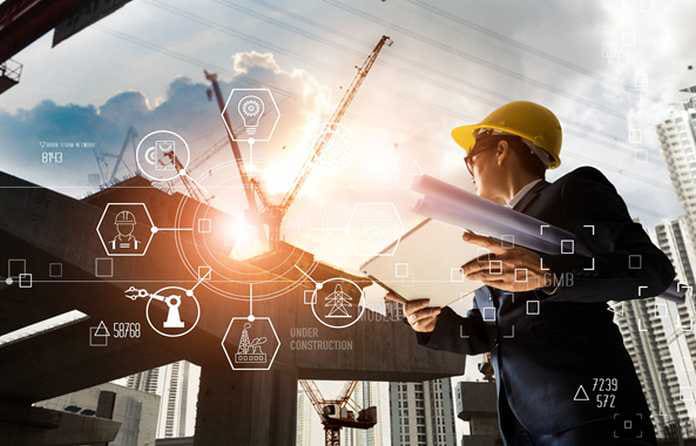
The visor responds to voice requests (UWE Bristol)
Winvic will this summer extend its application of digital technology to site level, using a voice-activated hard hat that connects with a BIM model.
The contractor is 15 months into a three-year partnership with the University of West England (UWE) and Costain to develop the product, which will allow workers to make voice requests that display the model on the helmet’s visor.
“The technology will allow a worker to request information about the structure or the windows or any other component, which the software interprets based on GPS location,” Tim Reeve explains. “It then displays the model in virtual reality graphics onto the visor.”
Reeve expects the first test on site to be launched in August. “We have got the voice working with the Revit model, next we need to get the live stream connecting on site with the hard hat,” he explains.
Over time, the software will recognise individual users’ voices and be able to anticipate requests.
Reeve also expects to extend its use of VR and digital tech to training site workers. “We think it can help with higher-risk activities such as work at height,” he says.











